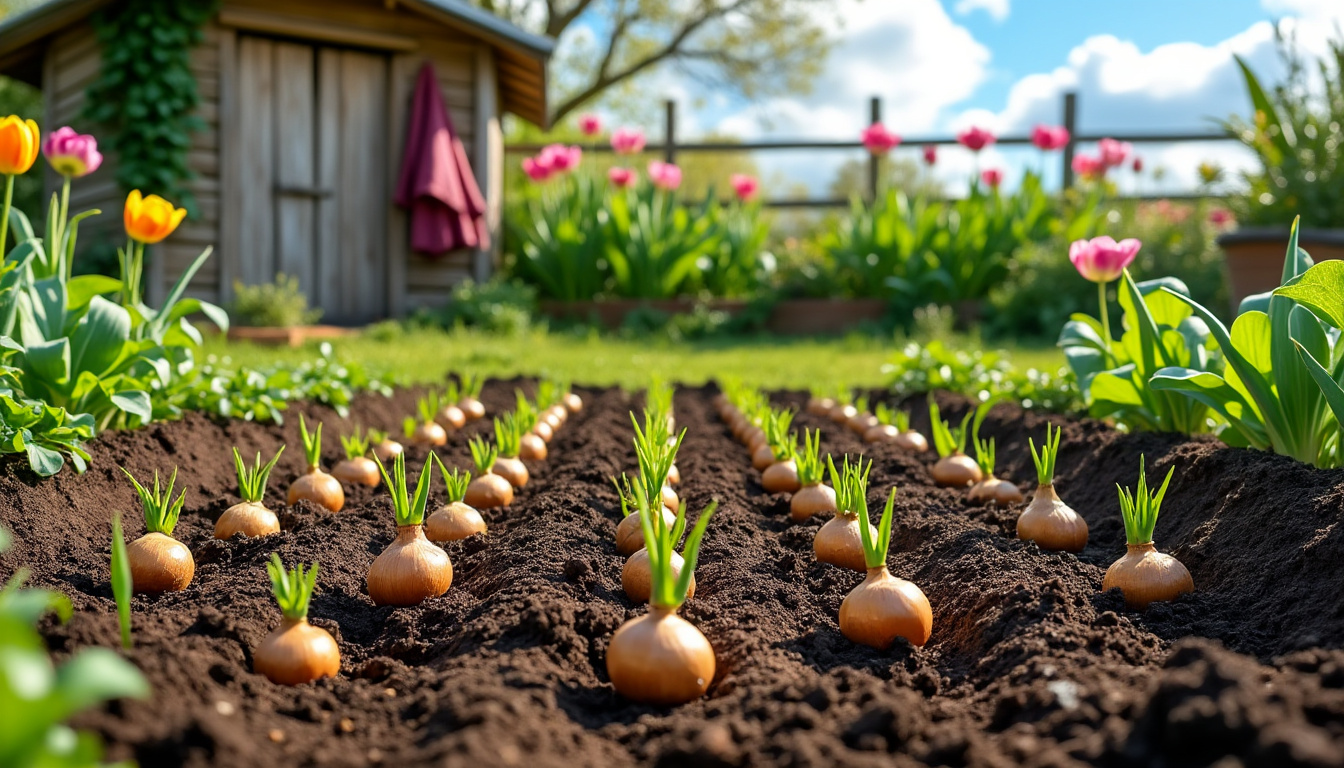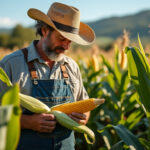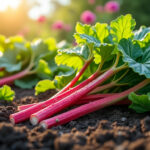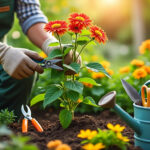Understanding the optimal timing for planting onion sets is essential for cultivating a healthy, bountiful harvest. Onions are versatile crops that can thrive in various climates, yet they require specific conditions to achieve their fullest potential. Whether you’re an enthusiast planting in a backyard garden or a dedicated community gardener, knowing when to plant can make all the difference. Here, we’ll explore the prime planting times for onion sets, the influences of seasonal weather patterns, and offer practical guidance to enhance your gardening practices in 2025.
Identifying the Best Time to Plant Onion Sets
Timing is crucial when it comes to planting onion sets, depending largely on whether you’re focusing on spring or autumn crops. This section will help you determine the best relative planting times and expected yields.
Spring-Planted Onion Sets 🌱
| Best Planting Time | Harvest Time | Ideal For |
|---|---|---|
| February – April | July – September | Gardeners in colder climates or those wanting larger onions |
Tip: Plant as soon as the soil is workable to maximize the growing season.
Autumn-Planted Onion Sets 🍂
| Best Planting Time | Harvest Time | Ideal For |
|---|---|---|
| September – November | May – June (the following year) | Overwintering varieties in milder climates |
Tip: Ensure well-drained soil to prevent rot through winter months.
How Seasonal Changes Influence Onion Growth
The growth of onions can significantly vary based on seasonal transitions. Analyzing these fluctuations helps gardeners make informed decisions about planting times.
| Season | Advantages | Challenges |
|---|---|---|
| Spring Planting (Feb-April) | Larger bulbs, extended growing season | May require consistent irrigation during dry spells |
| Autumn Planting (Sept-Nov) | Early harvest, robust root growth throughout winter | Risk of frost damages in harsh winters |
Key Insight: If you reside in a colder area, consider spring planting for better results. Conversely, for those in mild winters, autumn planting offers a jumpstart on the season.
Step-by-Step Guide: How to Plant Onion Sets
Now that you have your planting schedule in mind, let’s dive into the recommended practices for planting onion sets effectively.
- Choose the Right Onion Variety:
- Spring = Sturon, Red Baron, Stuttgart Giant
- Autumn = Radar, Senshyu Yellow, Shakespeare
- Spring = Sturon, Red Baron, Stuttgart Giant
- Autumn = Radar, Senshyu Yellow, Shakespeare
- Prepare the Soil:
- Opt for well-draining soil; mix in compost for nutrient enrichment.
- Avoid heavy clay areas to prevent water retention issues.
- Opt for well-draining soil; mix in compost for nutrient enrichment.
- Avoid heavy clay areas to prevent water retention issues.
- Planting Depth and Spacing:
- Depth: 1-2 cm deep, with tips just above soil.
- Spacing: 10 cm between sets, 25 cm between rows.
- Depth: 1-2 cm deep, with tips just above soil.
- Spacing: 10 cm between sets, 25 cm between rows.
- Water and Mulch:
- Water gently after planting without overdoing it.
- Utilize mulch to suppress weeds and retain moisture.
- Water gently after planting without overdoing it.
- Utilize mulch to suppress weeds and retain moisture.
- Protect Against Pests:
- Utilize netting to safeguard against birds that may uproot your onion sets.
- Utilize netting to safeguard against birds that may uproot your onion sets.
Avoiding Common Mistakes When Planting Onion Sets
To achieve the best yield, steer clear of these frequent missteps when planting onion sets:
- 🔹 Planting Too Deep: Sets should just break the soil surface for proper growth.
- 🔹 Overwatering: Maintain moist soil, avoiding waterlogged conditions that can rot bulbs.
- 🔹 Improper Spacing: Overcrowding limits air circulation and growth.
- 🔹 Neglecting Fertilization: Feed with nitrogen-rich fertilizer regularly until bulb formation starts.
- 🔹 Weed Management: Keep the planting area weed-free to enhance nutrient absorption.
By recognizing these pitfalls, your onion harvest can be more abundant and successful!
Harvesting Techniques for Optimal Onion Quality
Knowing when to harvest your onions is also an essential factor for a successful outcome. Typically, onions are ready to be lifted when the leaves begin to yellow and fall over. Proper curing and storage techniques will allow your onions to maintain quality over a longer period. For example, after harvesting, store them in a well-ventilated area for a couple of weeks to dry out completely.
Tools and Resources for Successful Onion Gardening
Utilizing reputable seed companies enhances your chances of success. Consider ordering from sources like Burpee, Johnny’s Selected Seeds, or Eden Brothers for a selection of quality onion varieties suitable for your climate. Engaging with gardening communities, such as the Seed Savers Exchange or Gardener’s Supply Company, can provide additional support and tips tailored to your local conditions.
When to plant pumpkin seeds for a successful harvest
Engaging with the Gardening Community
Gardening is not only rewarding but a communal activity as well. Share your experiences and connect with fellow gardeners through platforms like The Old Farmer’s Almanac or attend local workshops hosted by organizations like High Mowing Organic Seeds.
FAQs
- What is the best month to plant onion sets?
Spring: February – April; Autumn: September – November. - Can I plant onion sets in winter?
Yes, but stick to overwintering varieties such as Radar or Senshyu Yellow. - How long do onion sets take to grow?
Spring onions: 5-6 months; Autumn onions: 7-8 months. - Should I soak onion sets before planting?
No, soaking can lead to rot; plant directly into moist soil. - Can I grow onions in containers?
Absolutely! Just ensure to use deep containers for best results.


![Easy Onion Sets How & Why?] [Allotment Gardening UK] [Home Growing Veg & Flowers](https://i.ytimg.com/vi/xFc-ht-7050/hqdefault.jpg)















